In the realm of ornithology, few stories capture the imagination quite like that of a species returning from presumed extinction. In 2020, the scientific world was stunned when the Black-browed Babbler (Malacocincla perspicillata), a bird unseen for 172 years and dubbed “the biggest enigma in Indonesian ornithology,” was rediscovered in the forests of Borneo. This remarkable find rewrote ornithological history and offered a ray of hope in an era of biodiversity loss. The bird’s journey from museum specimen to living, breathing creature represents one of the most extraordinary rediscoveries in modern natural history.
The Long Disappearance: 172 Years of Absence

The Black-browed Babbler’s story begins in 1848 when German naturalist Carl A.L.M. Schwaner collected the first and only known specimen in South Kalimantan, Indonesia. After this initial discovery, the bird seemingly vanished without a trace, leaving only a single preserved specimen housed at the Naturalis Biodiversity Center in the Netherlands. For nearly two centuries, no scientist, birder, or explorer documented another sighting of the elusive creature. The prolonged absence led many experts to conclude that the species had silently slipped into extinction, possibly due to habitat destruction or other environmental factors. The babbler became a ghost, known only through museum drawers and scientific literature, representing one of the longest disappearances of any Asian bird species.
The Moment of Rediscovery
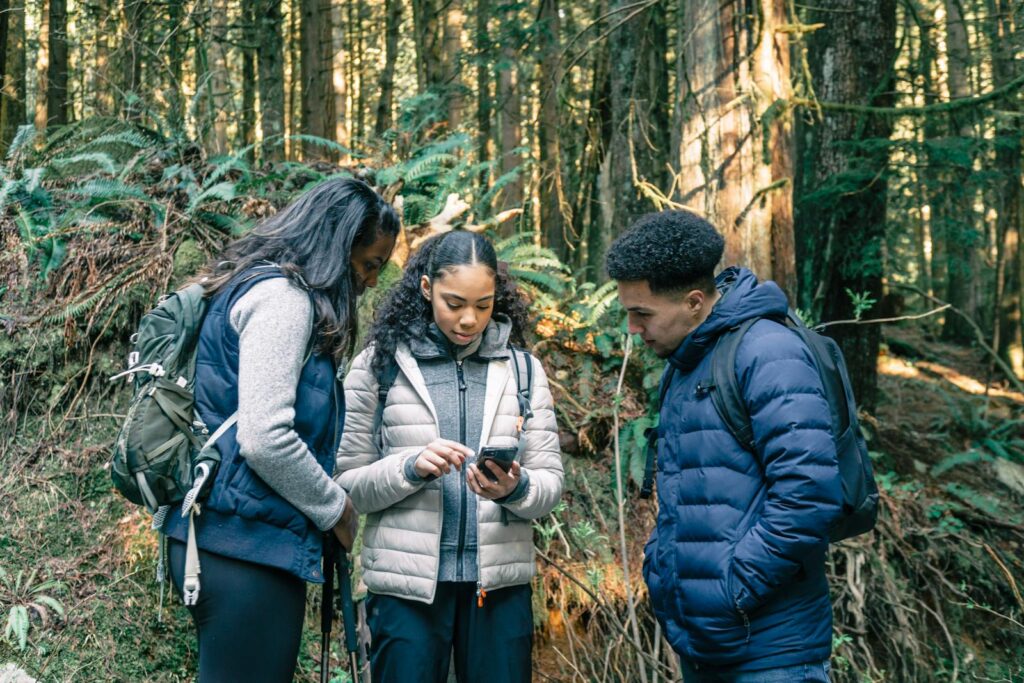
The extraordinary rediscovery occurred in October 2020 in South Kalimantan, Indonesian Borneo, when two local men, Muhammad Suranto and Muhammad Rizky Fauzan, spotted an unfamiliar bird and captured it briefly to photograph before releasing it unharmed. Uncertain of the bird’s identity, they shared the images in WhatsApp groups, eventually reaching the Indonesian birdwatching community who recognized the potential significance of the find. The photographs showed a living specimen with distinctive features matching the museum specimen: a stocky, medium-sized bird with a striking black eye-stripe against rusty-brown plumage. Ornithologists were stunned at the revelation, as the bird had spent so long on the “missing” list that some experts had questioned whether the original specimen’s collection location had been accurately recorded. The confirmation of the bird’s existence represented a pivotal moment in Indonesian ornithology and wildlife conservation.
Physical Characteristics of the Black-browed Babbler
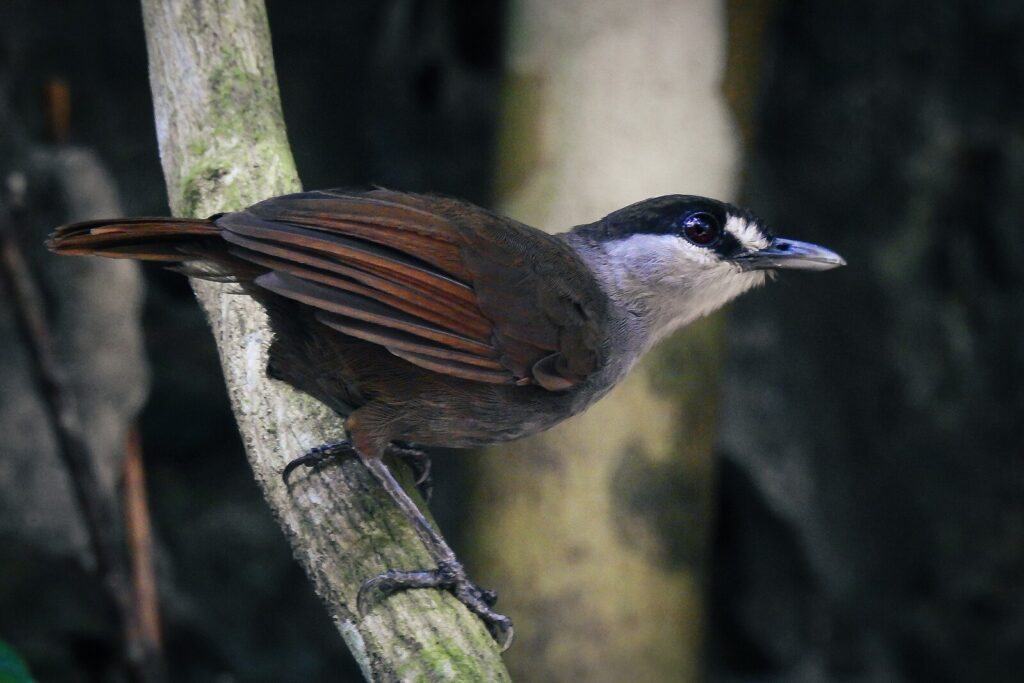
The Black-browed Babbler is a medium-sized songbird with distinctive physical traits that set it apart from similar species. The most notable feature is its prominent black stripe (or “brow”) extending through each eye, contrasting sharply with its rusty-brown upper plumage and grayish-white underparts. The bird possesses a robust, dark-gray bill suited for its insectivorous diet, along with strong legs adapted for foraging in the undergrowth. Interestingly, the rediscovered individuals revealed differences from the historical museum specimen, including a different iris color and leg coloration, proving how limited our knowledge had been when based solely on a single preserved specimen. The bird’s wingspan measures approximately 20-25 centimeters, placing it within the typical size range of other babbler species found throughout Southeast Asia.
Taxonomic Classification and Evolutionary Significance
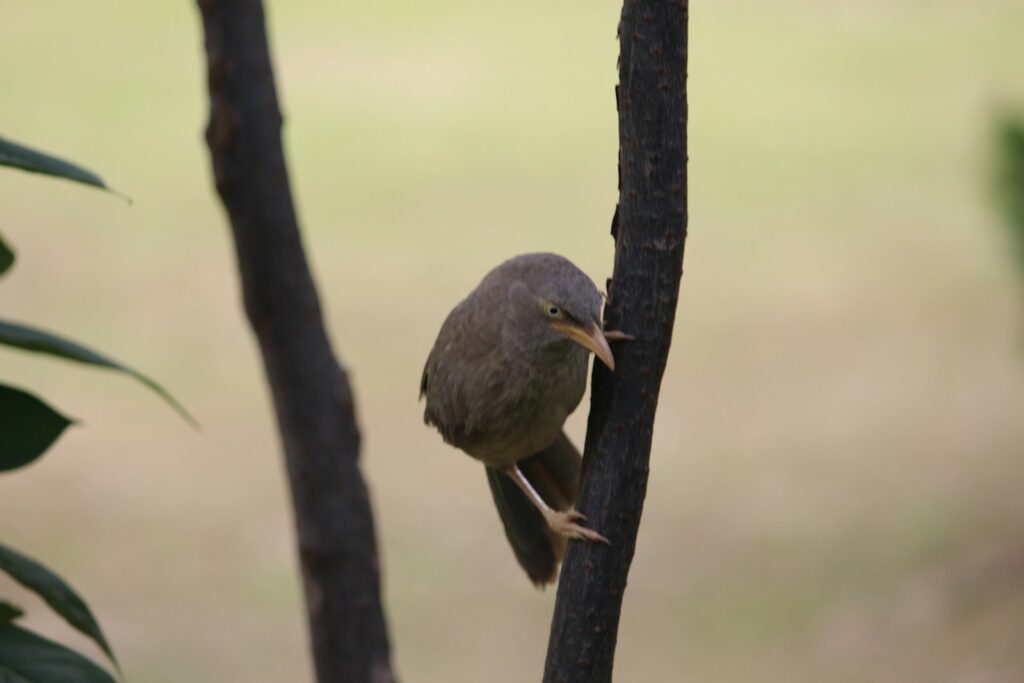
The Black-browed Babbler belongs to the Pellorneidae family, a group commonly known as the ground babblers, which are primarily found across tropical Asia. Within this family, Malacocincla perspicillata represents a unique evolutionary lineage, with genetic studies now underway to determine its precise relationship to other babbler species. The bird’s taxonomic placement has been debated since its original classification, with various ornithologists suggesting different genus affiliations over the decades. The rediscovery provides an unprecedented opportunity for modern genetic analysis, potentially reshaping our understanding of avian evolution in Southeast Asia. Scientists believe the species may represent an important evolutionary adaptation to the specific forest habitats of Borneo, possibly explaining its extreme rarity and localized distribution pattern.
Habitat and Range: Where Does It Live?

The Black-browed Babbler inhabits the lowland forests of South Kalimantan in Borneo, an area characterized by dense undergrowth and secondary forest growth. The rediscovery location suggests the bird may prefer disturbed forest edges rather than pristine primary forest, contradicting earlier assumptions about its habitat requirements. Currently, the known range appears extremely restricted, covering perhaps less than 100 square kilometers, though further surveys may reveal a broader distribution. The habitat consists primarily of mixed dipterocarp forests with thick understory vegetation, providing the concealment these secretive birds require. The limited range raises significant conservation concerns, as the forests of Borneo continue to face threats from agricultural conversion, particularly for palm oil plantations, which have transformed vast areas of the island’s original forest cover.
Behavior and Ecological Niche
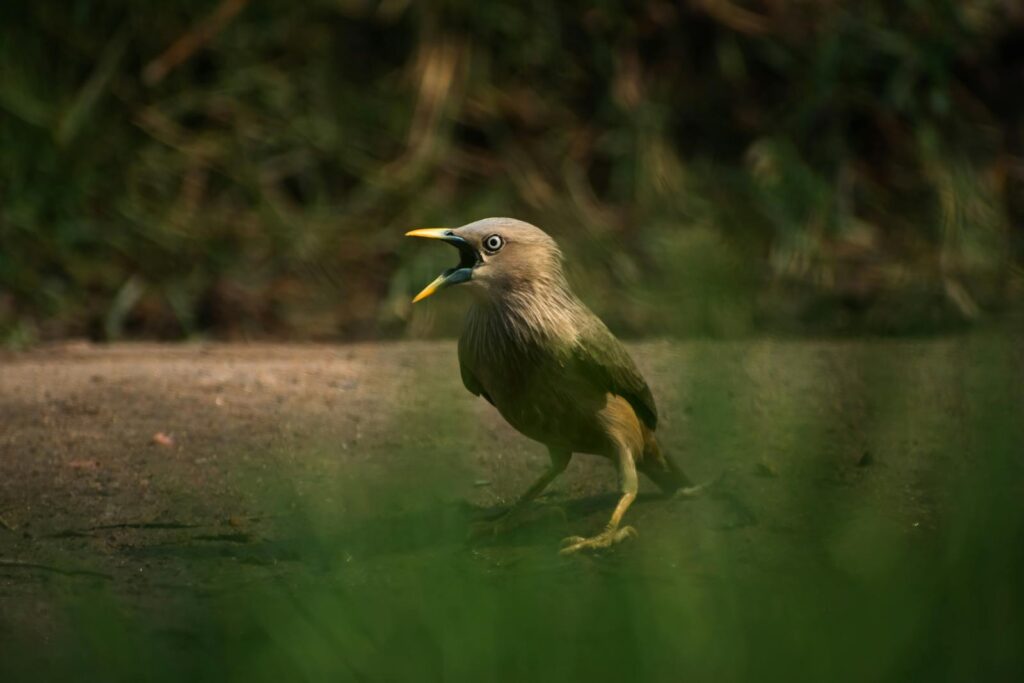
The Black-browed Babbler exhibits behaviors typical of ground-dwelling babbler species, spending most of its time foraging in the dense undergrowth of the forest floor. Preliminary observations suggest it moves in small family groups of 3-4 individuals, maintaining contact through soft, melodious calls. Like other babblers, it likely feeds primarily on insects, small invertebrates, and possibly fruits found in the leaf litter. The species appears to be non-migratory, maintaining year-round territories within its restricted range. Scientists have noted its secretive nature and tendency to remain hidden in dense vegetation, which partly explains how it avoided detection for so long despite occasional birding expeditions to the region. Its ecological role likely includes seed dispersal and insect population control within its forest ecosystem.
The Scientific Importance of Rediscovery
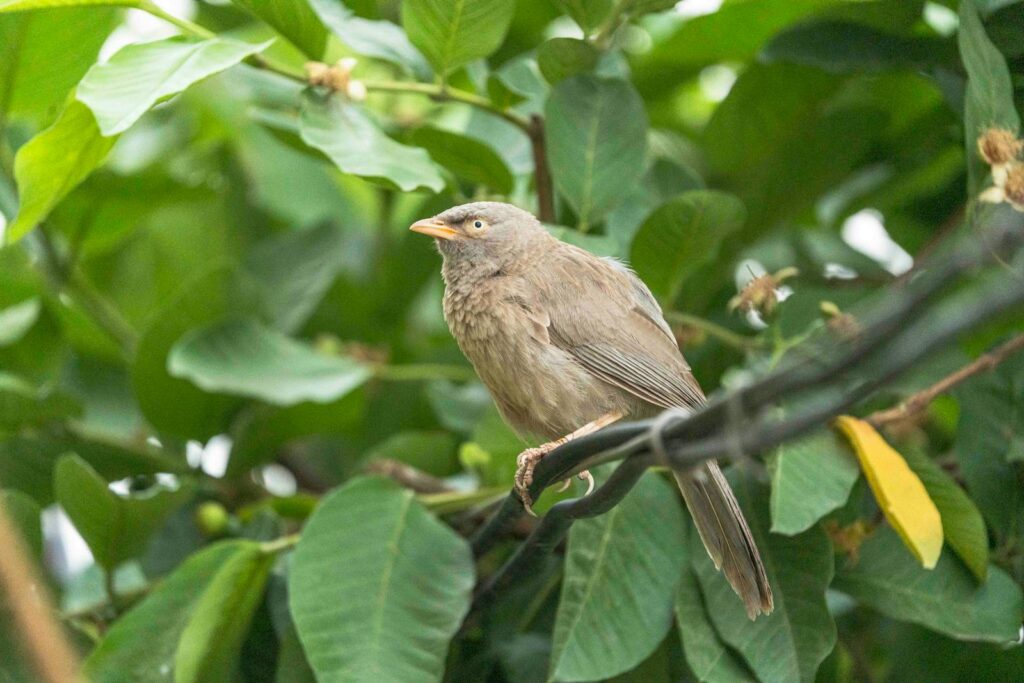
The reappearance of the Black-browed Babbler represents far more than an ornithological curiosity—it provides invaluable opportunities for scientific study. Researchers now have the chance to study a living population that was previously known only from a single museum specimen, allowing for comprehensive documentation of its vocalizations, behaviors, and ecological preferences. The rediscovery challenges the assumption that species unseen for over a century must be extinct, prompting reconsideration of other “lost” species that might still persist in unexplored pockets of habitat. Additionally, the bird serves as a natural laboratory for understanding how isolated populations survive in fragmented landscapes, potentially offering insights applicable to conservation strategies for other threatened species. The scientific community has mobilized to study this living fossil, with multiple research teams now documenting aspects of its biology that were previously complete mysteries.
The Role of Local Knowledge in the Rediscovery

The Black-browed Babbler’s return to scientific attention highlights the critical importance of local ecological knowledge in biodiversity conservation. The rediscovery occurred not through a well-funded scientific expedition but because local residents recognized an unusual bird and took the initiative to document it. Muhammad Suranto and Muhammad Rizky Fauzan, neither of whom were professional ornithologists, made one of the most significant ornithological discoveries of the century through their curiosity and observational skills. Their actions underscore how indigenous and local knowledge often precedes scientific documentation, with many communities maintaining awareness of species that formal science considers “lost.” Following this rediscovery, conservation organizations have increased efforts to engage local communities in biodiversity monitoring, recognizing that those who live closest to these habitats often possess the most intimate knowledge of their wildlife. This collaborative approach represents a shift away from the historical pattern where Western scientists dominated species discovery.
Conservation Status and Threats

Following its rediscovery, the Black-browed Babbler awaits formal reassessment by the International Union for Conservation of Nature (IUCN), which will likely classify it as Critically Endangered due to its extremely limited range and the ongoing threats to its habitat. The primary threats include deforestation for agricultural expansion, particularly palm oil plantations that have transformed much of Borneo’s lowland forests. Mining operations in Kalimantan represent another significant pressure, fragmenting remaining forest habitats and degrading water quality in streams that run through the bird’s habitat. Climate change poses an additional long-term threat, as rising temperatures and altered rainfall patterns may affect the specialized forest microhabitats these birds depend upon. The Indonesian government has responded by initiating surveys to determine the bird’s exact population size and distribution, with preliminary estimates suggesting fewer than 250 mature individuals might remain in the wild.
Conservation Efforts Underway

Since the momentous rediscovery, a coalition of international and Indonesian conservation organizations has launched targeted efforts to protect the Black-browed Babbler and its habitat. The Indonesian government has fast-tracked protection measures for the forests where the bird was found, creating a special conservation zone that restricts development activities. BirdLife International has partnered with local organizations to conduct comprehensive population surveys and habitat assessments, establishing monitoring protocols to track the species’ status over time. Community-based conservation initiatives have engaged local villages as guardians of the forest, providing alternative livelihood opportunities that reduce pressure on natural resources. Additionally, a captive breeding feasibility study has been initiated as a potential insurance policy against extinction, though researchers prioritize protection of the wild population. These multi-faceted conservation approaches reflect the urgency of protecting a species that has only recently emerged from ornithological obscurity.
Other “Lazarus Species”: Birds Back from the Dead
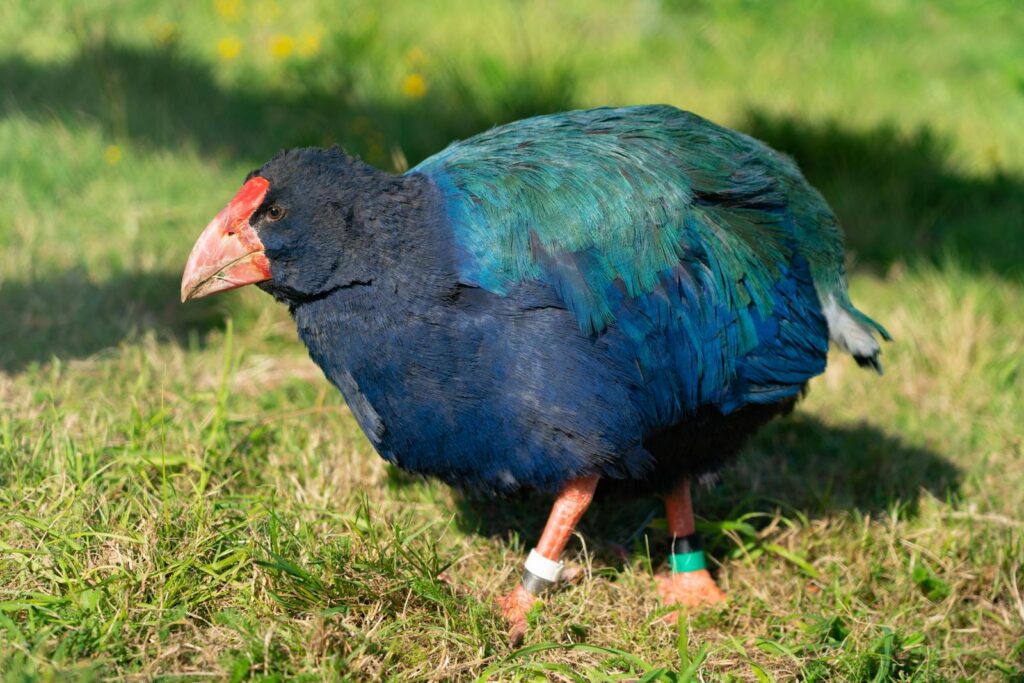
The Black-browed Babbler joins an exclusive club of “Lazarus species”—animals rediscovered after being presumed extinct for extended periods. Perhaps the most famous avian example is the New Zealand Takahe, a flightless bird rediscovered in 1948 after being considered extinct for nearly 50 years. The Madagascar Pochard represents another remarkable case, rediscovered in 2006 after a 15-year absence, while the New Zealand Storm Petrel reappeared in 2003 after 150 years without confirmed sightings. These rediscoveries share common elements: they typically occur in remote or inaccessible areas, involve species that are naturally rare or secretive, and often result from targeted search efforts or chance encounters by non-specialists. The phenomenon of Lazarus species provides a counterpoint to the biodiversity crisis, offering hope that other species currently classified as extinct may still persist in overlooked habitats. Each rediscovery not only adds to our scientific knowledge but also reignites conservation enthusiasm and funding for protecting these biological treasures.
The Future of the Black-browed Babbler
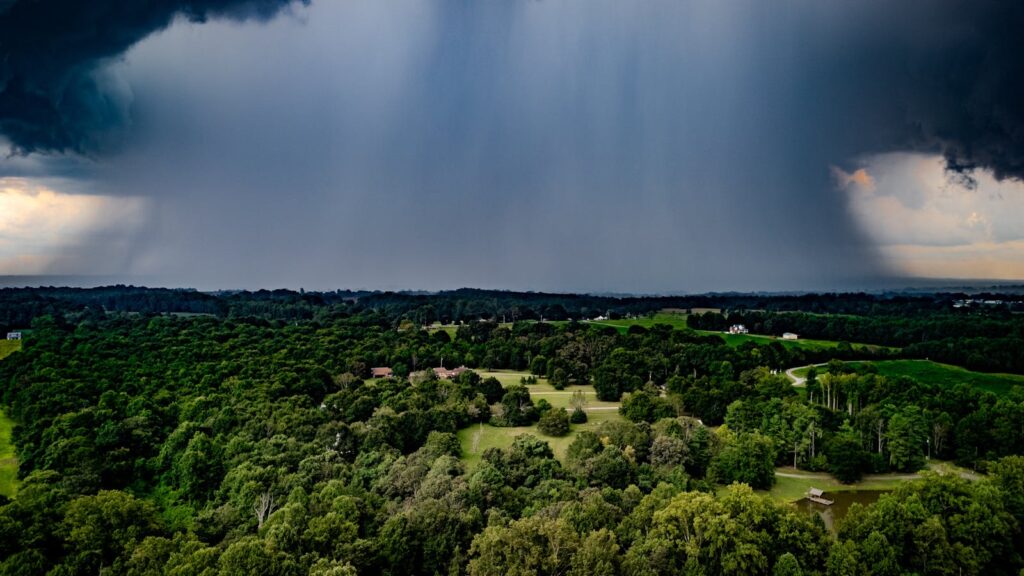
The outlook for the Black-browed Babbler balances precariously between hope and uncertainty as conservationists race to secure its future. Immediate priorities include completing comprehensive population assessments and establishing protected areas encompassing its entire known range. Scientists are analyzing habitat preferences to identify potential additional populations that might exist in similar forest patches throughout Borneo. A species recovery plan, currently in development, will outline specific targets for population growth and habitat restoration over the next decade. Technology is playing an increasingly important role, with researchers deploying acoustic monitoring devices to detect the bird’s distinctive calls in remote areas where traditional surveys are challenging. While the species’ rediscovery represents a conservation success story, its continued survival remains far from assured, dependent on both effective protection measures and broader efforts to address the systemic threats facing Borneo’s unique biodiversity.
The rediscovery of the Black-browed Babbler represents more than just an addition to Indonesia’s bird checklist—it embodies hope in an age of extinction. This small songbird, reclaiming its place in scientific knowledge after 172 years, reminds us that nature holds secrets and surprises even in our well-documented world. Its return offers valuable lessons about persistence, the importance of local knowledge, and the possibility that other “extinct” species may yet be rediscovered. As researchers continue to study this living fossil and conservation efforts take shape, the Black-browed Babbler stands as a powerful symbol of resilience and a call to protect the remaining wild places that harbor such biological treasures. In the bird’s distinctive call, newly recorded after nearly two centuries of silence, we hear both a celebration of rediscovery and a warning about how easily Earth’s remarkable diversity can slip away unnoticed.
